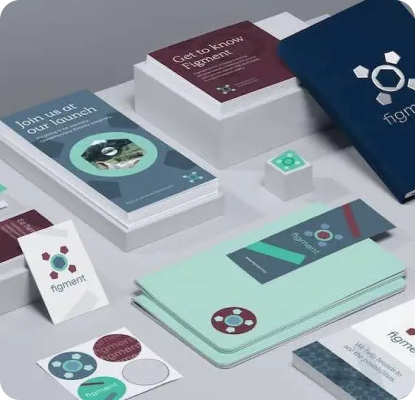5 Awesome Android Features that iOS needs to adopt
After Apple’s iOS 10 was launched, it was expected that it would take lead from Android’s Nougat which was launched earlier, but that has certainly not happened. In fact, Apple has disappointed many of its users with its new update. I am not a great fan of Android but their latest update has truly surprised everyone. In this article we will be highlighting a few of the awesome Android features that Apple needs to cheat if it is to compete with the ever growing Android world.
1. Auto battery-saver mode
Android’s battery saver feature is well and truly a great feature which has evolved over the years. You may access this feature on your Android phone (Settings > Battery > Battery saver). When this feature is enabled, it turns off a considerable amount of background app activity, auto email fetching, screen resolution and other activities which can cause quick battery-drainage. This feature is the best thing you can have for battery power conservation especially when your device battery is about to die.
Apple sensibly followed this Android feature with its own low-power mode, which made a debut in iOS 9; but unfortunately, this version of power saving mode lacks the most important component which is the auto battery saving mode, in which this feature is automatically enabled when the battery falls below a certain level.
On Android devices, this feature gets enabled automatically when the battery power hits 15 and 5 percent. On the contrary, this feature needs to be manually enabled on iOS devices but at least they prompt you when your battery level falls below 20 percent.
The question is why can’t iOS boast an automatic setting for the battery saver mode like its Android counterpart?
2. Installing apps from the web
The App store is best browsed using an iOS device, rather than the web. This is much of a concern for me as Google Play works seamlessly on a desktop web browser and if you guys know the best thing about it is that you are able to install apps remotely over the web. Fantastic!
While, with iOS the best you can get it to add the app to the iCloud library and later search it and then install the app manually which for me is much of a hassle rather than convenience.
3. ‘Do not disturb’ feature
We quite loved the ‘Do not disturb’ mode when it was introduced in iOS in its iOS 6 update. This feature can very easily be turned on by just flicking up the menu from the bottom of the screen and tapping the ‘Do not disturb’ button. Again, the unfortunate part is that you need to manually enable and disable this feature. Make sure you remember to turn it off when not required as you can easily forget about it after you enable it.
On the other hand, Android offers multiple quiet periods through its DND mode, it also boasts a handy feature for those of us who want some immediate but temporary quiet time.
4. Clear cache data
These mobile apps that we are using every day have great tendency of eating up your storage by caching too much. You need to keep a close eye on your cached data especially when using these social apps, which alone could consume a large amount of cached storage which could reach a few gigs of your memory storage.
For Android users, getting rid of your cached data is pretty much a piece of cake. Simply tap Settings > Storage > Cached data to delete all your app caches in a blink of an eye; but for iOS users, the journey isn’t so easy. There is no such “clear all caches” feature. If you would like to delete cached data for a particular app, you will need to delete cached data for the specific apps or delete and reinstall them.
5. Clear all app windows
Whenever you see open app windows, there is an urge to start closing them. Although iOS is pretty good at reclaiming device memory whenever it needs to, still, it would be nicer to have the option of cleaning out all your open iOS app windows at once. The reason being, whenever you are multitasking, there is always a possibility that you may end up with so many app windows which you need to close to save phone memory. For this purpose, Android has introduced a new Clear all button in its latest update of Nougat. You may just tap on the ‘Clear all’ at the top of the multitasking screen, and all your open app windows will be gone in a jiffy.









